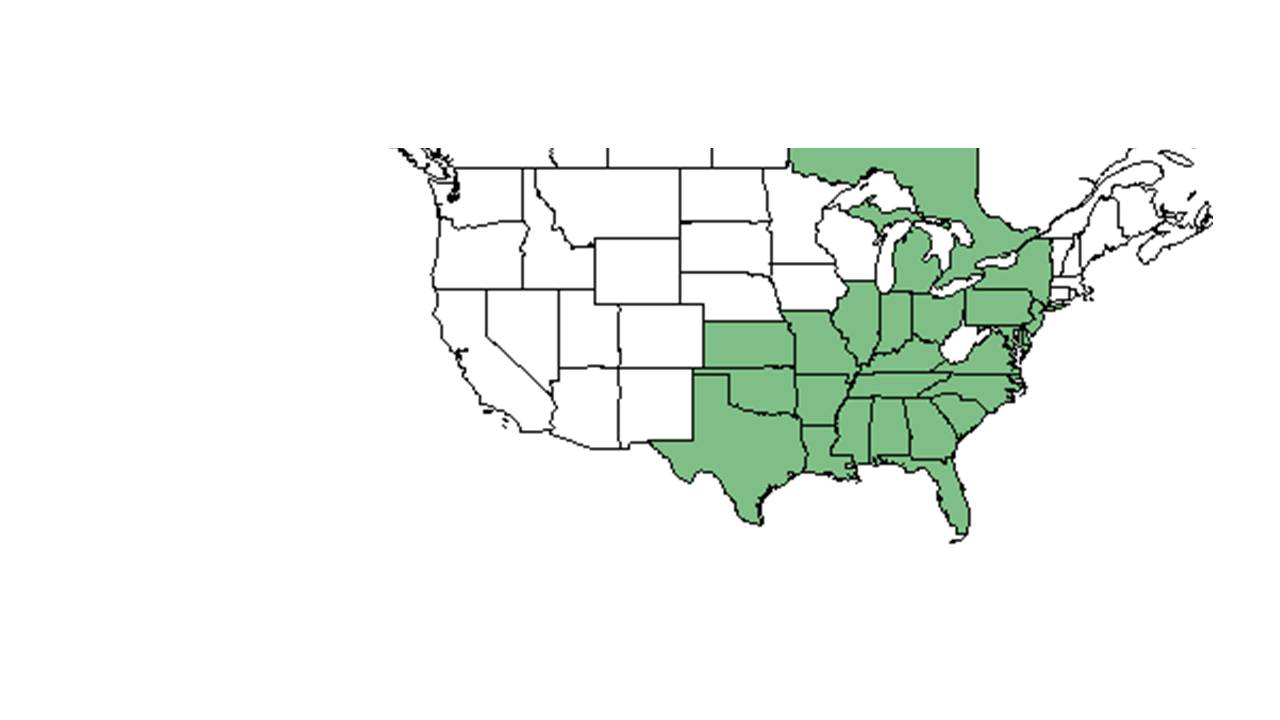Difference between revisions of "Buchnera floridana"
(→Description) |
|||
| Line 19: | Line 19: | ||
==Description== | ==Description== | ||
<!-- Basic life history facts such as annual/perrenial, monoecious/dioecious, root morphology, seed type, etc. --> | <!-- Basic life history facts such as annual/perrenial, monoecious/dioecious, root morphology, seed type, etc. --> | ||
| + | Common Name: Buchnera floridana | ||
| + | |||
==Distribution== | ==Distribution== | ||
==Ecology== | ==Ecology== | ||
Revision as of 16:36, 2 July 2015
| Buchnera floridana | |
|---|---|

| |
| Scientific classification | |
| Kingdom: | Plantae |
| Division: | Magnoliophyta - Flowering plants |
| Class: | Magnoliopsida - Dicotyledons |
| Order: | Scrophulariales |
| Family: | Scrophulariaceae |
| Genus: | Buchnera |
| Species: | B. floridana |
| Binomial name | |
| Buchnera floridana L. | |

| |
| Natural range of Buchnera floridana from USDA NRCS Plants Database. | |
Contents
Description
Common Name: Buchnera floridana
Distribution
Ecology
It is a host plant of Brevipalpus phoenicis, which vectors viral diseases like citrus leprosis (Childers et al 2003).
Habitat
Phenology
Seed dispersal
Seed bank and germination
Fire ecology
Pollination
Use by animals
Diseases and parasites
Conservation and Management
Cultivation and restoration
Photo Gallery
References and notes
Childers, C. C., J. C. V. Rodrigues, et al. (2003). "Host plants of Brevipalpus californicus, B. obovatus, and B. phoenicis (Acari: Tenuipalpidae) and their potential involvement in the spread of viral diseases vectored by these mites." Experimental & Applied Acarology 30: 29-105.